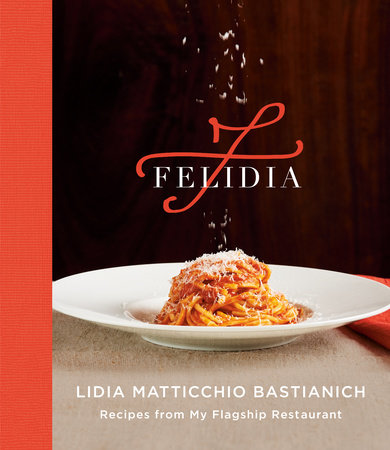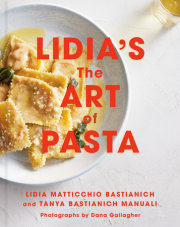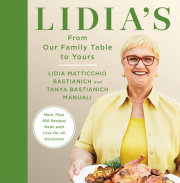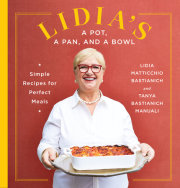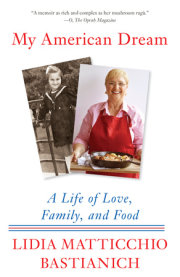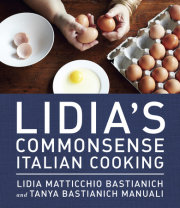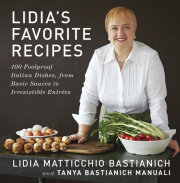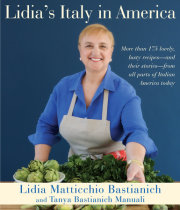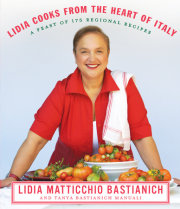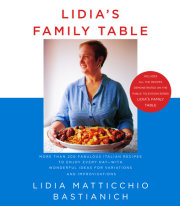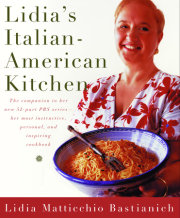I am proud to say that Felidia has stood as one of the preeminent restaurants on Manhattan’s East Side since April 15, 1981. But thirty-seven years ago, we weren’t so sure this would be the case. New York has one of the most challenging restaurant climates in the nation. And even though classics like Delmonico’s, Old Homestead, Peter Luger’s, Keens, and Katz’s Delicatessen have found ongoing success and continue to thrive, the vast majority of the establishments that open in the country’s most competitive food market will close their doors within the first five years, according to Hudson Riehl of the National Restaurant Association.
I knew the odds, but I had a vision, and I was determined to make it work.
In 1981, with two young children and two successful restaurants under our belts, my husband, Felix, and I took on what would prove to be the most daunting and risky project of our lives, the building of Felidia on East Fifty-eighth Street in New York City. Our two Queens eateries, Buonavia in Forest Hills and Villa Secondo in Fresh Meadows, were drawing crowds, but we aspired to open a new, more elegant establishment in Manhattan, where we could showcase the regional northern Italian food we had both grown up on—a cuisine that few restaurants were servingat the time.
During the 1970s and early ’80s, most Italian restaurants were serving the simplest of Italian American dishes—spaghetti and meatballs, chicken Parmigiana, baked ziti, lasagna—all smothered in marinara sauce. That’s because most Italian food in America originated with the Italian immigrants who had come to the United States from the southern part of Italy, mainly Calabria, Campania, and Sicily. In order to cook their traditional foods, they needed Italian products such as Aceto Balsamico, prosciutto di Parma, and Grana Padano. However, these ingredients were not readily available to them here in the States, so they had to improvise, using what they could find. That meant, for example, substituting U.S.-grown beefsteak tomatoes for the sweet, thin-skinned San Marzano tomatoes of Italy. Pasta was precooked and then just reheated in boiling water, sauced, and served. Not to cook pasta al minute and al dente was and still is sacrilege in Italy. Veal cutlet topped with mounds of oozing mozzarella is unheard of there, where a parmigiana is a cutlet sprinkled with grated cheese and baked in the oven until crisp and served on a thin layer of tomato sauce. At the time, meat was far more expensive in Italy, and the good cuts were hard to find, whereas in America beautiful cuts of meat were readily available, so chefs here were able to load their Sunday sauces with plenty of meatballs, sausages, and braciole. American garlic was the one ingredient that was close to the Italian version, so they used a lot of it—it reminded them of home.
Felix and I knew we had to include these Italian American favorites on our menu, too, so we hired the best Italian American chef we could find to run the kitchen. But we wanted to offer our customers something more. Over time, slowly, we began to incorporate some of the recipes we had known from our childhoods in our native Istria, an area that once belonged to Italy and is now part of Croatia. We had both come to the United States from Communist Yugoslavia—Felix at the age of eighteen, and I when I was just nine years old.
My passion in the kitchen is deeply rooted in my childhood in Istria. Food—growing it, preparing it, and eating it—was constantly intertwined with my daily life, and it is those early memories, and my time spent in the kitchen with my grandmother, that continue to drive me today, as I seek to re-create these simple yet unforgettable culinary pleasures, one dish at a time.
Copyright © 2019 by Lidia Matticchio Bastianich with Chef Fortunato Nicotra and Tanya Bastianich Manuali. All rights reserved. No part of this excerpt may be reproduced or reprinted without permission in writing from the publisher.

